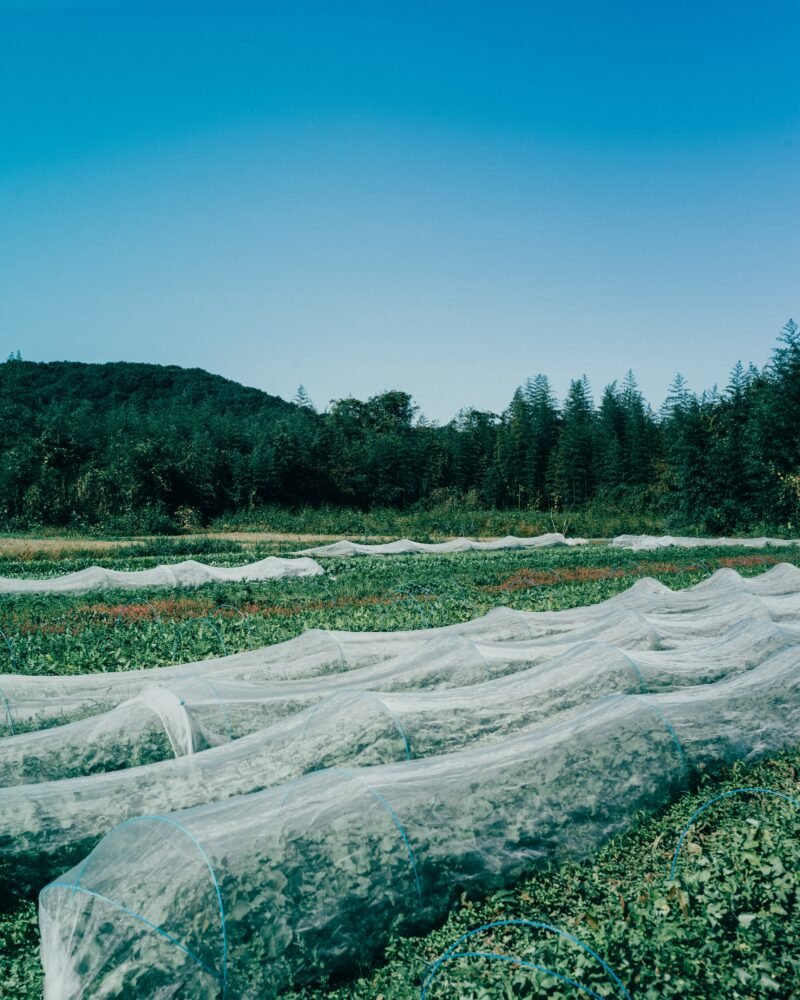Superblocks: Redesigning Barcelona’s Grid for Pedestrians

In spite of great advances in mobility technology, our cities today are still ruled by cars. Superblocks generate new public spaces that allow pedestrians to engage actively with their cities in a pleasurable and healthy way. The idea is based on over twenty years of research and experimentation by BCNecologia, the Urban Ecology Agency of Barcelona. MOMENT spoke to Salvador Rueda, who invented the Superblocks concept.
To start, could you give a brief introduction of BCNecologia?
“BCNecologia is a public consortium formed by the City Council of Barcelona, the County Council of Barcelona and the Metropolitan Area of Barcelona. Our objective is to rethink cities with an ecosystemic approach and to design sustainable solutions for the cities. Remarkably, only 15% of our budget comes from our partner public institutions. The rest comes from our projects abroad, which are in Buenos Aires (Argentina), Guayaquil (Ecuador), and Vancouver (Canada), among many other cities.”

How do you define an urban ecosystem?
“Firstly, we defined fifteen principles of the urban ecosystem, such as compactness and green area and worked out the minimum functional urban ecosystem according to these principles. I created the Superblock system that we have been developing in many cities by working out the minimum functional urban ecosystem according to these principles. In Barcelona’s case, a Superblock consists of sixteen to twenty-five hectares, in which an average of six thousand people and four hundred legal entities engage in their activities.

“The Superblocks generate more public space by limiting car speed and turning two-way traffic streets into one-way roads. These new public spaces are used for public parks, events and temporary markets, among other purposes. Most importantly, the citizens determine the use of the space. For that reason, it does not only solve the lack of green space and reduces both the heat island effect and CO2 emissions, but also creates solidarity among the citizens and improves their quality of life.

You mentioned that legal entities exist in a Superblock in Barcelona. Why do you use them to calculate the city’s diversity?
“The term “legal entity” refers to many types of legally recognised organisms. It covers all kinds of activities, from enterprises to freelancers, public administrations to NGOs and civic associations. For instance, take a restaurant. A Japanese restaurant and a Catalonian restaurant are both restaurants, but they are different legal entities. They’re like different species. Hence, in cities, the species are not humans or animals, but rather legal entities. It took me more than twenty years to come to this conclusion.

“The city is where most legal entities are born. A city should consist of (a) a great number of diverse legal entities, and (b) many complex relationships between them. These entities and the relationships between them should exist in every area across a city. I believe that these are the conditions for a city. When the complexity of legal entities is low, it’s a suburb, not a city. Even though urban planning has been implemented there, it’s not a city. We’re always thinking about how to transform suburbs into cities. What we see as the answer is what we call the Superblock: a carefully designed unit of small streets that achieves the balance of an urban ecosystem while containing great complexity.”
How did you come up with the idea in the first place?
“My approach to the city is trans-disciplinary, and my focus is always on complexity. When it comes to thinking about sustainable cities, complexity is paramount. My research revolves around how to reduce the consumption of energy and resources in cities, and simultaneously, increase the diversity of legal entities and complexity as a whole.

“This equation makes it possible to systematically arrange the perfect ratio by adjusting the variables of a city. I often use paella as a metaphor for this idea (laughs). To make a delicious paella, what do we need? It’s about the balance between the ingredients. There can’t be too little or too much salt. It’s all about balance. I have been looking for the best balance between a variety of variables that exist in cities. This is why we advocate an ecosystemic approach and the idea of urban ecology.”
What advantages does Barcelona have as a city?
“One of the advantages is that the boundaries of it are very well-defined by the mountain, river and sea. A city with very defined geographical boundaries cannot physically expand further outward. Normally, outwards expansion comes with higher consumption of natural resources, land, materials, and energy. But in Barcelona, all we can do is to make sure that the organisations that already exist improve with the elements that we currently have in an intelligent process.”

What futures do you think cities have?
“I believe that from now on the competition between cities will be based on knowledge and intelligence. Today’s so-called competitive cities won the contest for resources such as land, raw materials and energy, and have maintained their positions by consuming more resources than other cities. But this is not a sustainable model. We have to grow out of this competitive model based on the acquisition and consumption of natural resources. We have to re-organise our cities for the future in order to reduce the uncertainty that we have today. The solutions are in cities. Cities have to lead our futures.”



